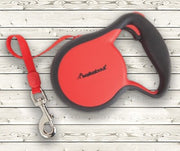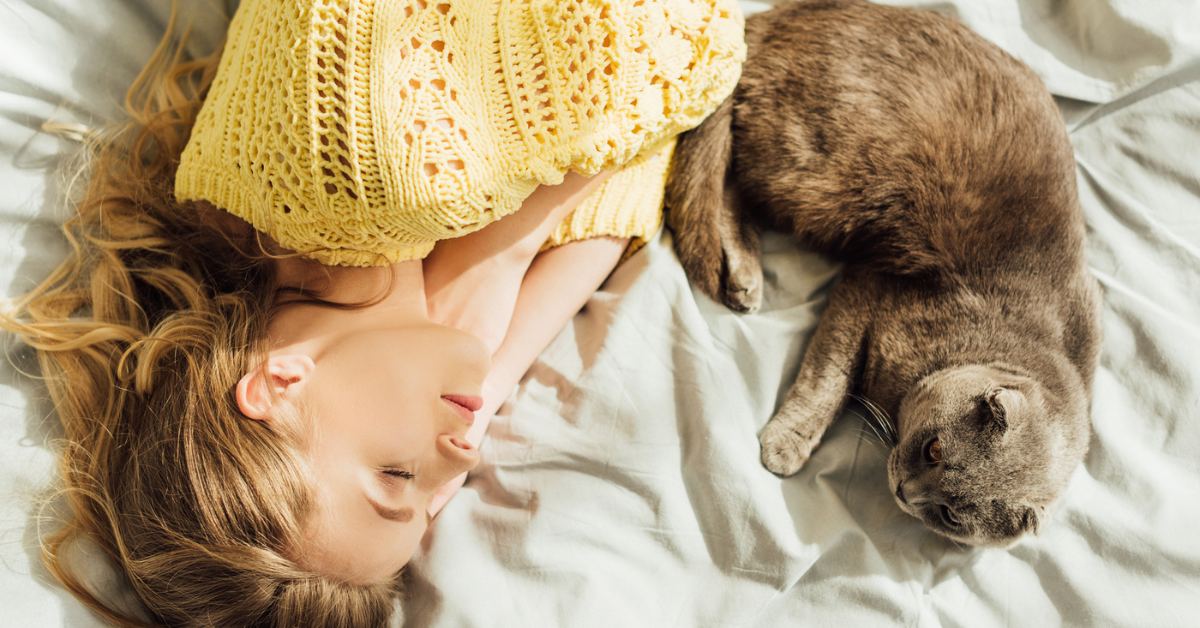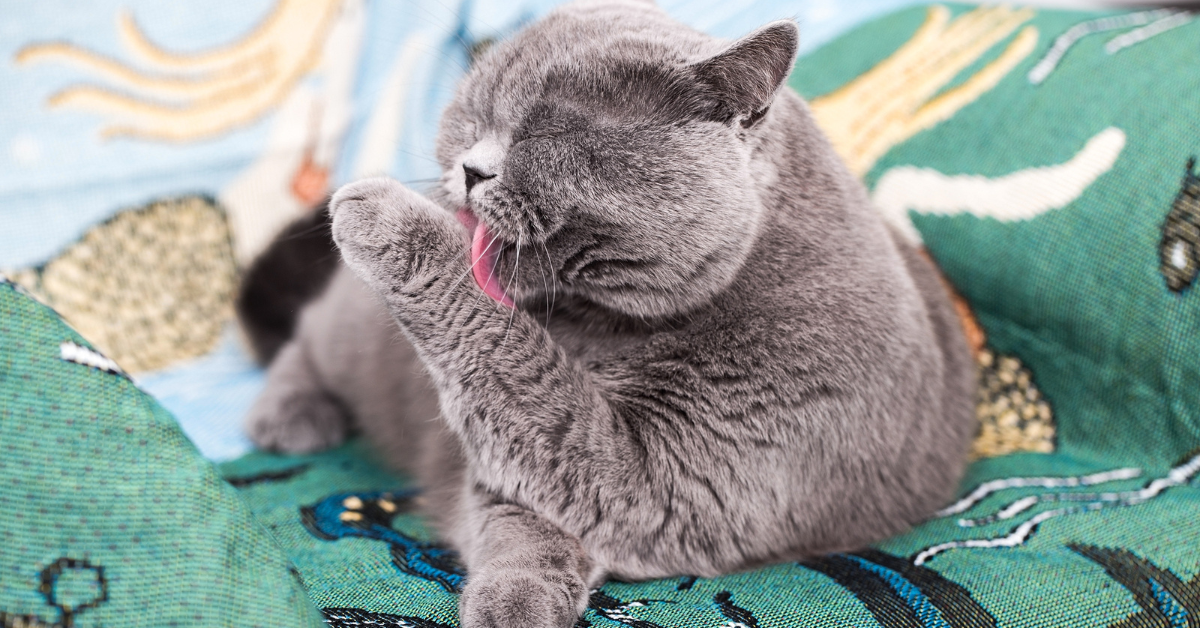Dog Friendly Veggies

As much as some pet parents hate it, our dogs can’t seem to get enough food, especially “people food.” If you are looking for a healthier treat option for Fido, you don’t have to look very far. The vegetables on this list are filled with vitamins and minerals, some are even low in calories and fat while providing fiber to promote healthy digestion.
As with all food, it is important to remember portion size. Keep track of your dog’s intake if you are supplementing dog food with vegetables. Watch out for any reactions that can occur. Vegetables can give your dog gas, so don’t overdo the amount you give them. If this is the first time giving your dog vegetables, give him a small piece first to see their reaction.
Dogs do enjoy these vegetables in raw form; however, they don’t get as many nutrients this way as they have a shorter digestion system. Dogs can eat vegetables raw, cooked, steamed, baked, roasted, grilled, dehydrated, or even pureed. So, get creative when fixing this special treat, but remember that salt is not good for your pets.
The following vegetables are safe for your dog to eat, with suggested portion sizes for treats and the benefits from these veggies.
Potatoes
- Dog treat portion size: 1 or 2 wedges, depending on dog’s size
- Benefits: Good source of vitamins C and B6, potassium, manganese, and fiber
- Potatoes must be cooked in some way and should never be given to your dog raw, as raw potato can be toxic
Broccoli Florets
- Dog treat portion size: One or two bite-size florets
- Benefits: Great source of Vitamins C and K. Good source of Vitamin A, folate, manganese and fiber
Brussel Sprouts
- Dog treat portion size: 1/2 to 2 sprouts, depending upon the dog’s size
- Benefits: Great source of vitamins K and C. Good source of manganese, folate, fiber, potassium and vitamins A, B1, and B6
Carrots
- Dog treat portion size: One or two bite size pieces
- Benefits: Great source of vitamin A. Good source of vitamins K and C, fiber, and potassium
Celery
- Dog treat portion size: One or two bite size pieces
- Benefits: Great source of vitamins A, B, and C
Cucumbers
- Dog treat portion size: 1 to 2 bite-size pieces
- Benefits: Good source of vitamin K
Green Beans
- Dog treat portion size: 1 to 2 bite-size pieces
- Benefits: Good source of vitamins C, K, and A, manganese, and fiber
Peas
- Dog treat portion size: One or two Sugar snap or snow peas. For English, 1 or 2 tablespoons – depending on the dog’s size
- Benefits: Great source of vitamin K, and C. Good source of manganese, fiber, folate, phosphorus, protein, magnesium, copper, iron, zinc, potassium and vitamins B1, A, B6, B3, and B2
Sweet Potatoes
- Dog treat portion size: Half or one dehydrated chew, depending on the size of the dog
- Mix 1 to 2 tablespoons of mashed boiled or steamed sweet potato in dog’s dry dog food
- Benefits: Great source of vitamin A. Good source of vitamins C, B6 and B5, manganese, potassium, and fiber
Remember, there are some vegetables you should not feed to your dog. Never offer your dog onions or fresh garlic. Talk to your veterinarian if you have questions or concerns regarding vegetables and your dog’s diet.
Sources:
- https://www.petcha.com/vegetables-for-dogs/
- https://www.akc.org/expert-advice/nutrition/natural-foods/fruits-vegetables-dogs-can-and-cant-eat/
Previous article

Next article

Related posts
View all-

5 Simple Tips to Make Sure Your Cat Drinks Enough Water
Ensuring your cat stays hydrated is important, but it can be challenging since many cats don't drink enough water. Dehydration can lead to kidney disease and other health issues. Fortunately, you can encourage your cat to drink more with a few simple changes. Read Article -

How to Keep Your Cat Busy at Night (So You Can Sleep)
For many cat owners, the quest for a good night's sleep while keeping their feline friends content and engaged can seem like a never-ending battle. Cats, naturally more active at night or early in the morning, often disrupt your sleep schedules with nocturnal activity, whether through playful nature or seeking attention. Read Article -

Should You Bathe Your Cat? Everything You Need to Know About Cat Hygiene
When it comes to cat hygiene, a common question among cat owners is, "Should you bathe your cat?" Understanding how to care for felines, especially bathing cats properly, is crucial for maintaining their overall health. Most cats are fastidious groomers, but specific scenarios like long-haired cats getting dirty or skin irritations, might require a bath.
Read Article



